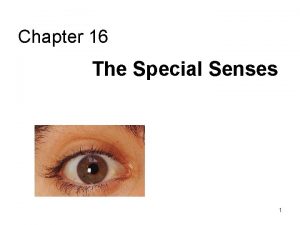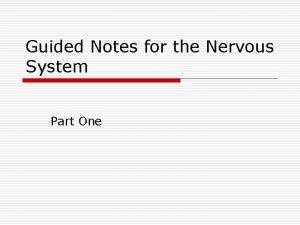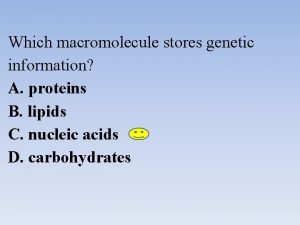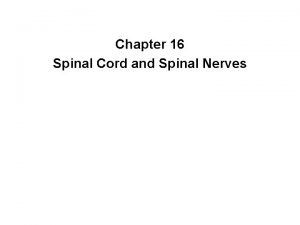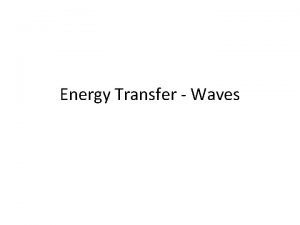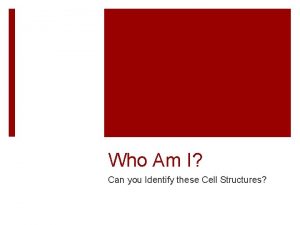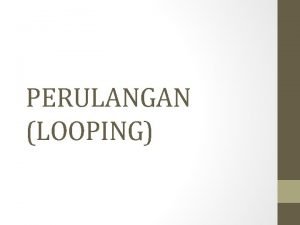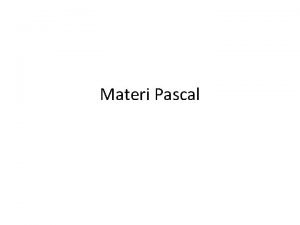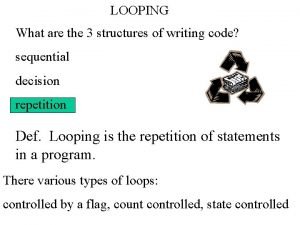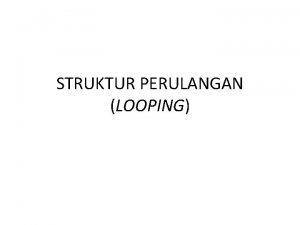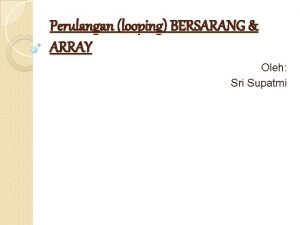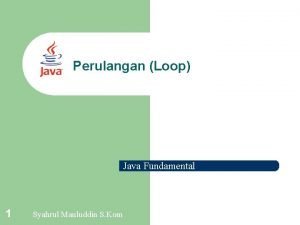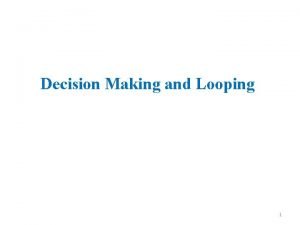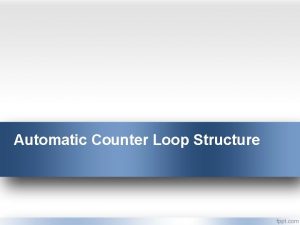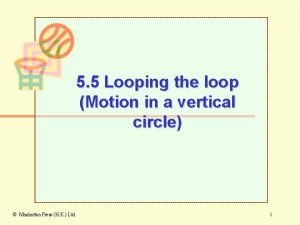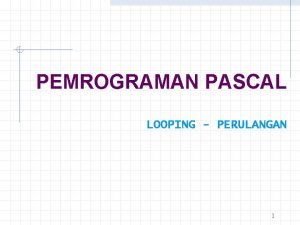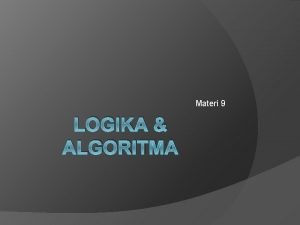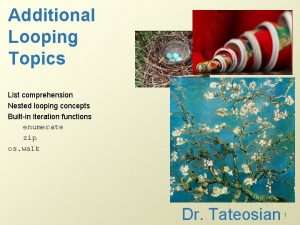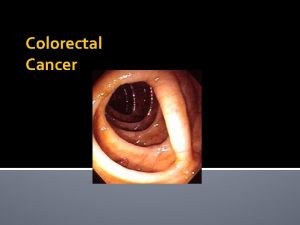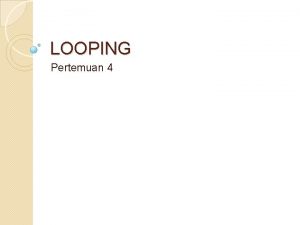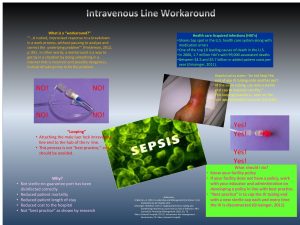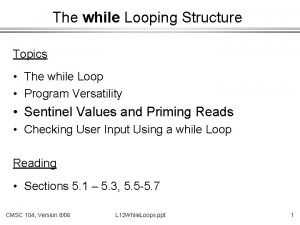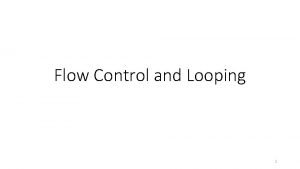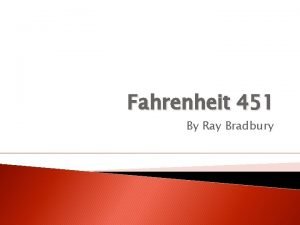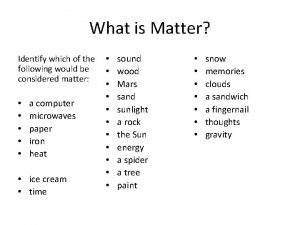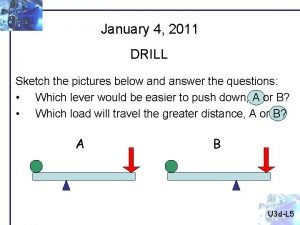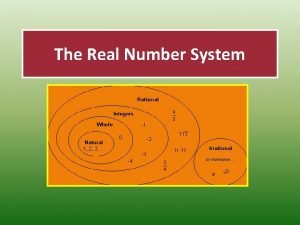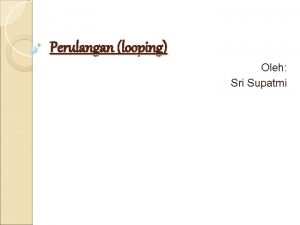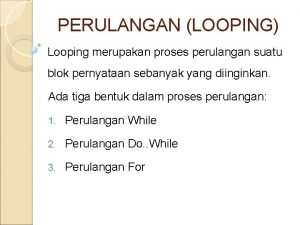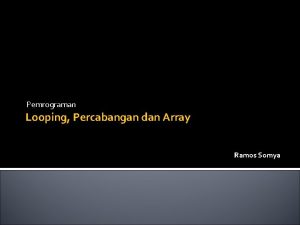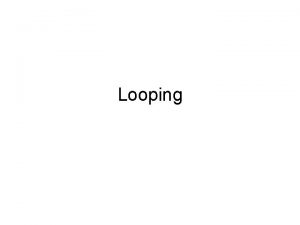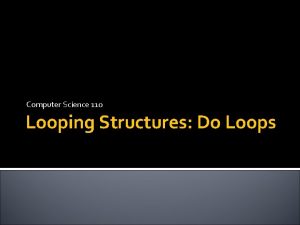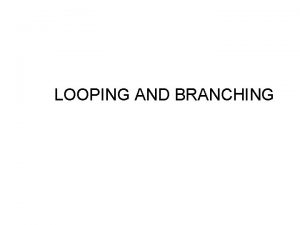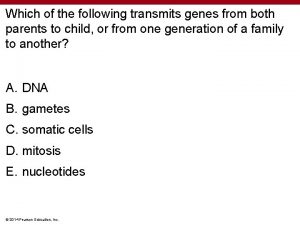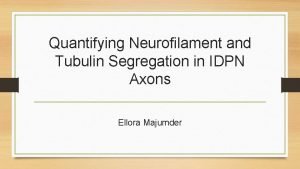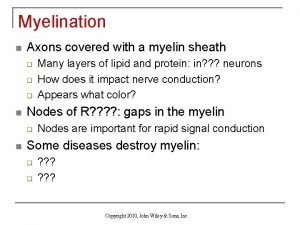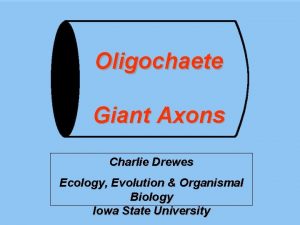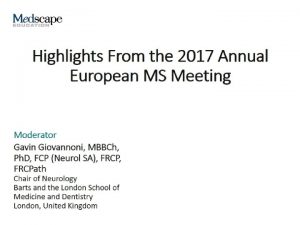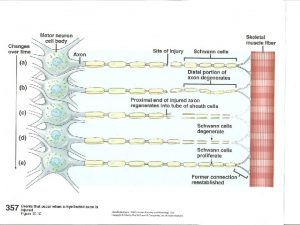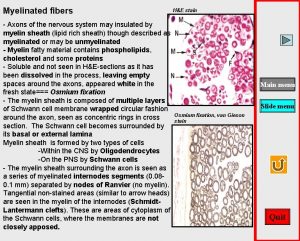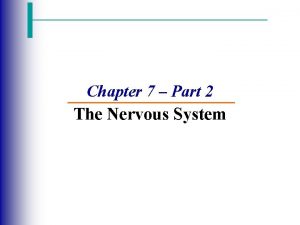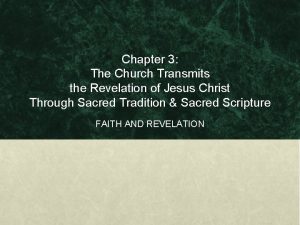Identify these looping axons Transmits vsct 9 Which










































- Slides: 42







Identify these looping axons

(Transmits vsct)


9. Which tract is the only afferent pathway to use the superior cerebellar peduncle? A) CST B) STT C) Ventral spinocerebellar tract D) Dorsal column pathway E) Trigeminothalamic pathway




13. The outflow of the purkinje cells: A) is inhibitory. B) goes mainly to the oculomotor nucleus. C) has nothing to do with movement. D) synapses on the VPL. E) participates in the direct basal ganglia pathway.




17. Which of the following gait abnormalities would indicate Parkinson’s disease? A) A tabetic or “foot slapping” gait B) Steppage or foot drop gait C) Scissors gait, where the legs are weak, tend to cross, with marked spasms D) Slow, shuffling gait with festination E) Duck waddle gait

18. Which of the following would not be used for testing cerebellar function? A) The Weber test B) Finger nose finger C) Heel-shin-knee D) Rapid alternating movements E) Rebound phenomenon

19. Which one of the following is symptomatic of Huntington’s disease? A) Hemiballismus B) Cogwheel rigidity C) Choreoathetosis D) Total flaccid paralysis E) Dysarthria

20. Huntington’s disease is caused by degeneration of which nucleus? A) Subthalamic B) Globus pallidus C) Substantia nigra D) Caudate E) VPL

End of Quiz #5






Identify these looping axons

(Transmits vsct)


9. Which tract is the only afferent pathway to use the superior cerebellar peduncle? A) CST B) STT C) Ventral spinocerebellar tract D) Dorsal column pathway E) Trigeminothalamic pathway




13. The outflow of the purkinje cells: A) is inhibitory. B) goes mainly to the oculomotor nucleus. C) has nothing to do with movement. D) synapses on the VPL. E) participates in the direct basal ganglia pathway.




17. Which of the following gait abnormalities would indicate Parkinson’s disease? A) A tabetic or “foot slapping” gait B) Steppage or foot drop gait C) Scissors gait, where the legs are weak, tend to cross, with marked spasms D) Slow, shuffling gait with festination E) Duck waddle gait

18. Which of the following would not be used for testing cerebellar function? A) The Weber test B) Finger nose finger C) Heel-shin-knee D) Rapid alternating movements E) Rebound phenomenon

19. Which one of the following is symptomatic of Huntington’s disease? A) Hemiballismus B) Cogwheel rigidity C) Choreoathetosis D) Total flaccid paralysis E) Dysarthria

20. Huntington’s disease is caused by degeneration of which nucleus? A) Subthalamic B) Globus pallidus C) Substantia nigra D) Caudate E) VPL
 Axons of ganglion cells
Axons of ganglion cells Nervous system guided notes
Nervous system guided notes Nucleic acids
Nucleic acids Backbone of a reciprocating engine
Backbone of a reciprocating engine This macromolecule stores genetic information
This macromolecule stores genetic information A disturbance that transmits energy through matter or space
A disturbance that transmits energy through matter or space Transmits messages away from the cell body *
Transmits messages away from the cell body * Transmits nerve impulses
Transmits nerve impulses Transmits nerve impulses
Transmits nerve impulses Transverse wave energy transfer
Transverse wave energy transfer What organelles name means colored bodies
What organelles name means colored bodies Identify these messages as a saludo or despedida.
Identify these messages as a saludo or despedida. Contoh pseudocode perulangan for
Contoh pseudocode perulangan for Perulangan for pascal
Perulangan for pascal Looping in writing
Looping in writing Bentuk umum dari pernyataan perulangan for adalah...
Bentuk umum dari pernyataan perulangan for adalah... Looping statement in qbasic
Looping statement in qbasic Nested for loop alternative
Nested for loop alternative Perulangan bersarang java
Perulangan bersarang java Disadvantages of looping in education
Disadvantages of looping in education What is decision making and looping in c
What is decision making and looping in c Dangling activity in network diagram
Dangling activity in network diagram Counter controlled loop flowchart
Counter controlled loop flowchart Effects of looping the loop in circular motion
Effects of looping the loop in circular motion Flowchart struktur pengulangan
Flowchart struktur pengulangan Digunakan untuk mengerjakan
Digunakan untuk mengerjakan For to do pascal
For to do pascal Small basic turtle
Small basic turtle Looping algoritma
Looping algoritma Struktur flowchart branching
Struktur flowchart branching Looping
Looping Apple core
Apple core Slidetodoc
Slidetodoc Looping iv tubing
Looping iv tubing Perulangan looping
Perulangan looping Break in python nested loop
Break in python nested loop Perulangan looping
Perulangan looping Mechanical hound paradox
Mechanical hound paradox Identify which is matter
Identify which is matter How do earth's spheres interact
How do earth's spheres interact This is the horizontal axis in a coordinate graph.
This is the horizontal axis in a coordinate graph. Identify which of the pictures below is a lever
Identify which of the pictures below is a lever Real number system
Real number system
